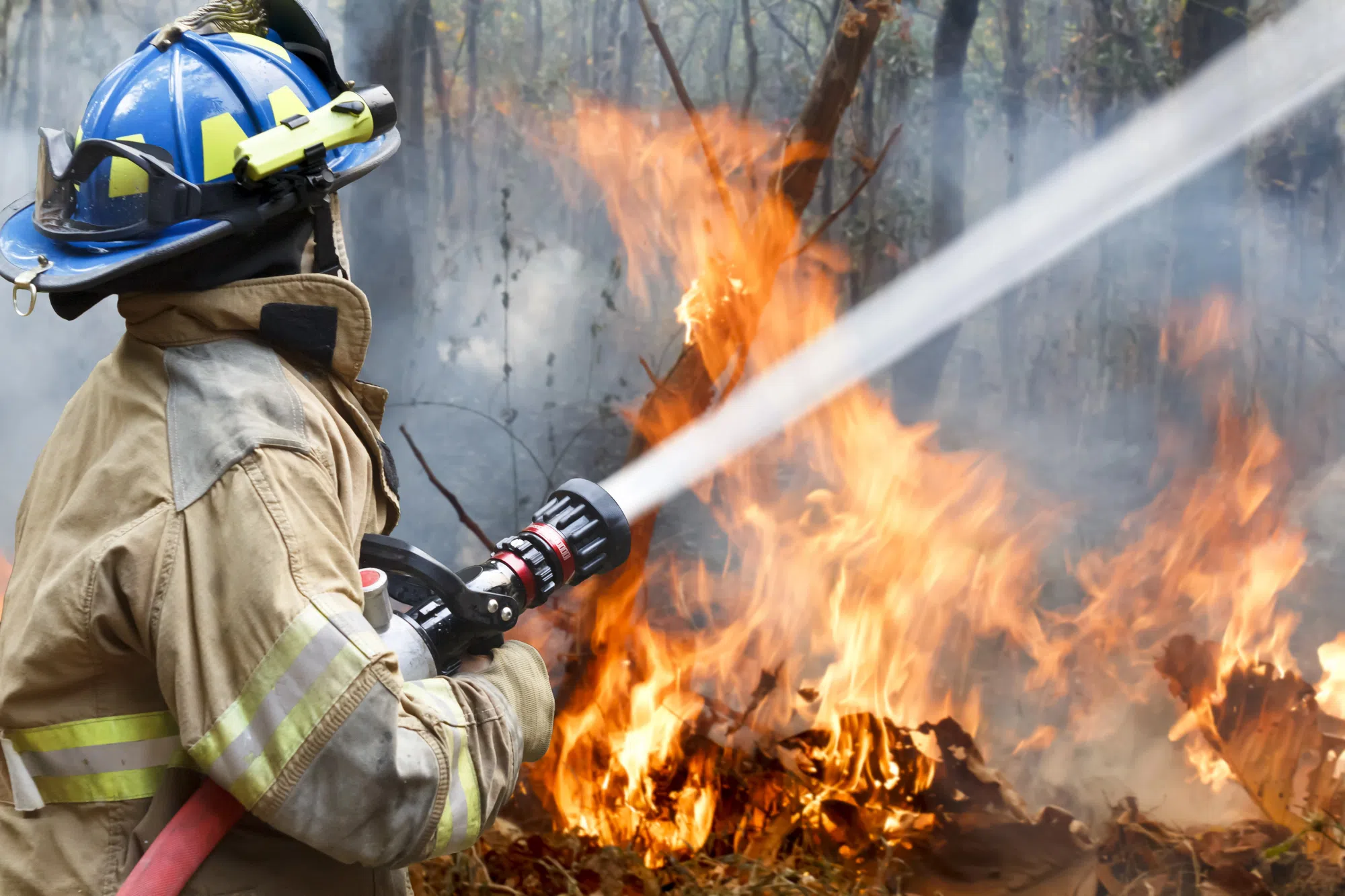
toa55 / Depositphotos.com
Alberta expands wildfire defense with new Wildland Urban Interface teams
Alberta is investing nearly $7 million to create six new Wildland Urban Interface (WUI) teams, aiming to better protect communities at risk from wildfire.
The teams specialize in high-risk zones where forests, prairies and other natural vegetation border homes, businesses and critical infrastructure. These areas have increasingly become flashpoints in recent fire seasons, demanding coordinated response between wildland and municipal firefighters.
The province’s investment quadruples the number of existing interface teams, bringing the total to eight. Each new unit will receive $1.09 million over two to three years to cover personnel, equipment, and operational costs.
“Alberta’s government continues to make critical investments to strengthen the way emergencies are handled,” said Mike Ellis, Minister of Public Safety and Emergency Services. “We are effectively quadrupling the number of Wildland Urban Interface teams in Alberta to ensure the safety of Albertans’ businesses, neighbourhoods and critical infrastructure during wildfires.”
The interface teams will act as a bridge between wildland and structural fire services, bringing specialized equipment and training to communities where fire can spread quickly from wilderness to development.
“Firefighting teams like this can truly make the difference when it comes to protecting Alberta’s communities,” said Todd Loewen, Minister of Forestry and Parks. “Having more Wildland Urban Interface teams improves our capabilities and adaptability when our wildland firefighting teams are fighting fires across Alberta.”
The program is a joint effort between Alberta’s government and local fire services, with some funding provided by Natural Resources Canada. Local fire departments will provide firefighters, equipment and resources, while the province leads coordination and technical support.
The six communities receiving funding for the new teams were not identified in the announcement, but the province says the goal is a stronger, more resilient response network across Alberta.
The move comes as part of broader efforts to bolster wildfire preparedness and response capacity across the province, with Alberta facing growing wildfire risks driven by dry conditions and expanding development into fire-prone areas.











Comments